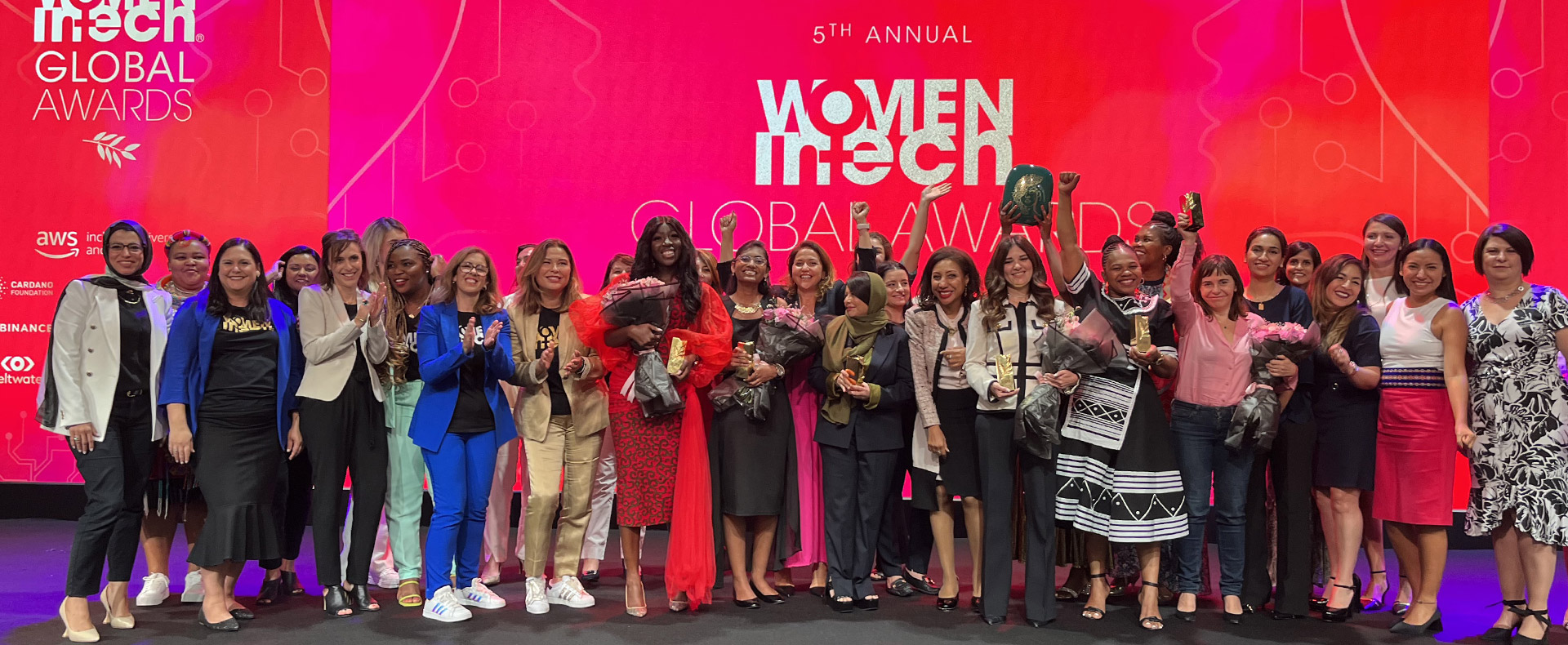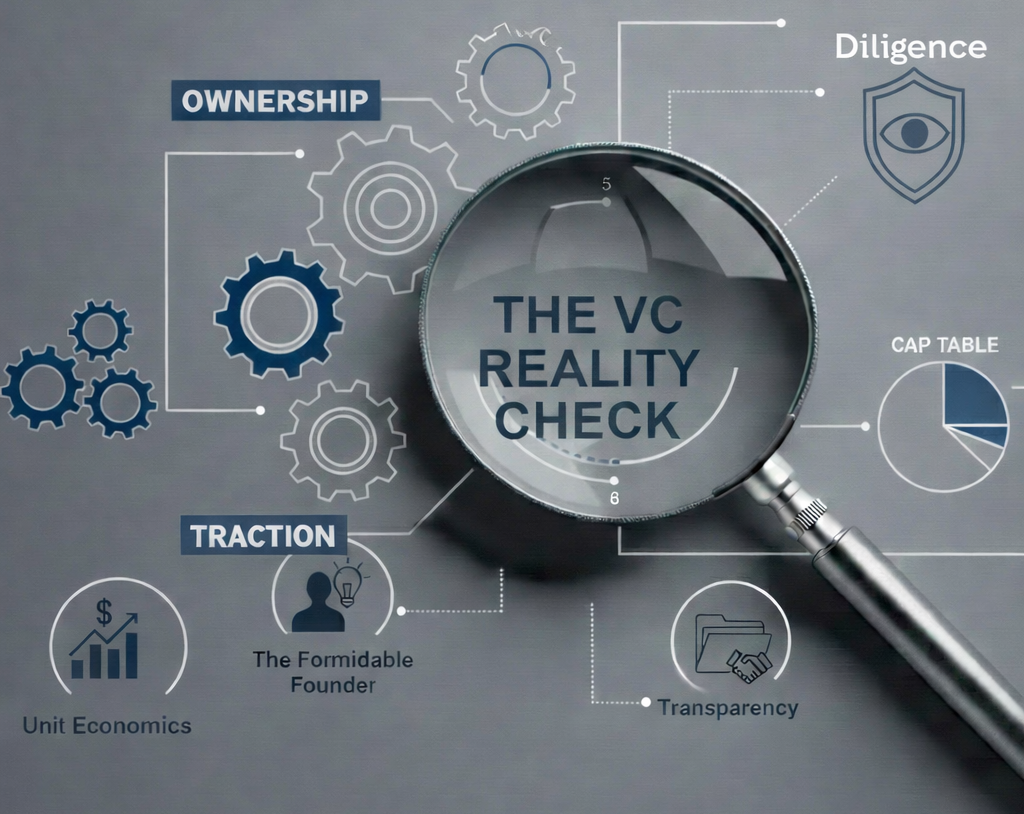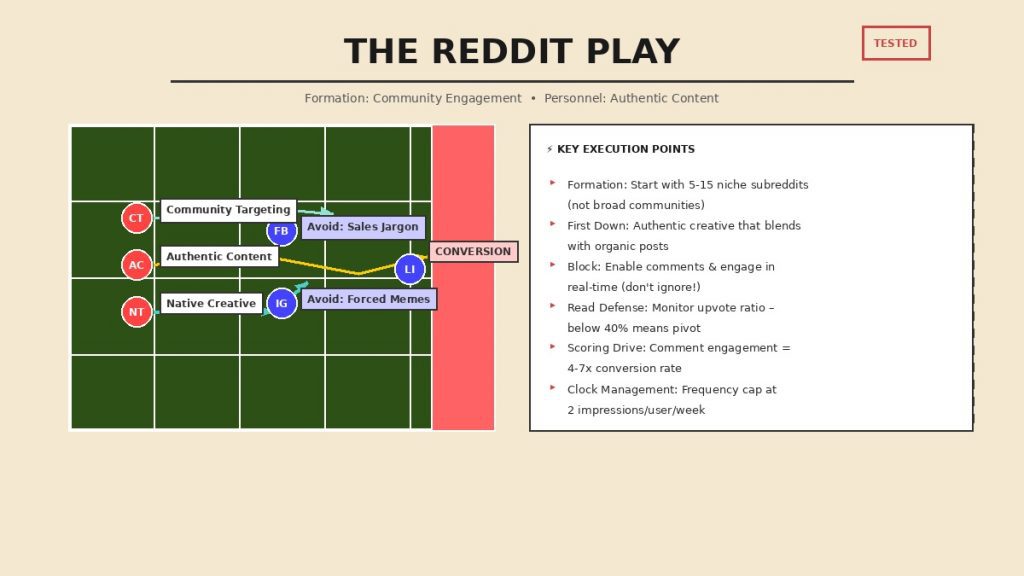As we approach the 6th Annual Women in Tech Global Conference (WTGC), conversations around representation, visibility and impact are more important than ever. WTGC is one of the world’s largest events of its kind, bringing together more than 100,000 women, allies and underrepresented groups in tech from over 175 countries. The conference is designed to foster community, celebrate innovation and elevate the voices of women across all tech disciplines.
At Bospar, we’re proud to work with boundary-pushing women across the technology industry and even prouder to help their stories reach the audiences they deserve. In this special Q&A, our team explores the role PR plays in amplifying women’s voices in tech, the challenges we face and how strategic storytelling can help reshape the media narrative.
What are some of the biggest challenges women in tech face when it comes to gaining media visibility?
Emily, Senior Director: One of the biggest challenges women in tech face in gaining media visibility mirrors the broader obstacles women encounter in 2025. Imposter syndrome remains a persistent barrier, often causing women to downplay their expertise and hesitate to make bold, confident statements to the media. To ensure a more accurate and balanced representation in tech narratives, it’s crucial for women—both within and beyond the industry—to amplify their voices and share their insights.
Sara, Senior Director: The media tends to default to male executives when looking for sources relating to technical topics like AI, cybersecurity or data infrastructure. The reality is that women are often featured in discussions around soft topics like workplace culture and leadership as opposed to deep technical trends. The experts are out there. We just need to find them and make their voices heard.
What challenges do you see in securing media coverage for women in tech, and how do you overcome them?
Brandy, Account Manager: A challenge we often encounter is ensuring that women in tech are recognized for their achievements and expertise – not just as women but as industry leaders. One way to help overcome this is by encouraging and amplifying female industry voices, not only showcasing tech’s impact across verticals but highlighting ongoing discrepancies in media representation.
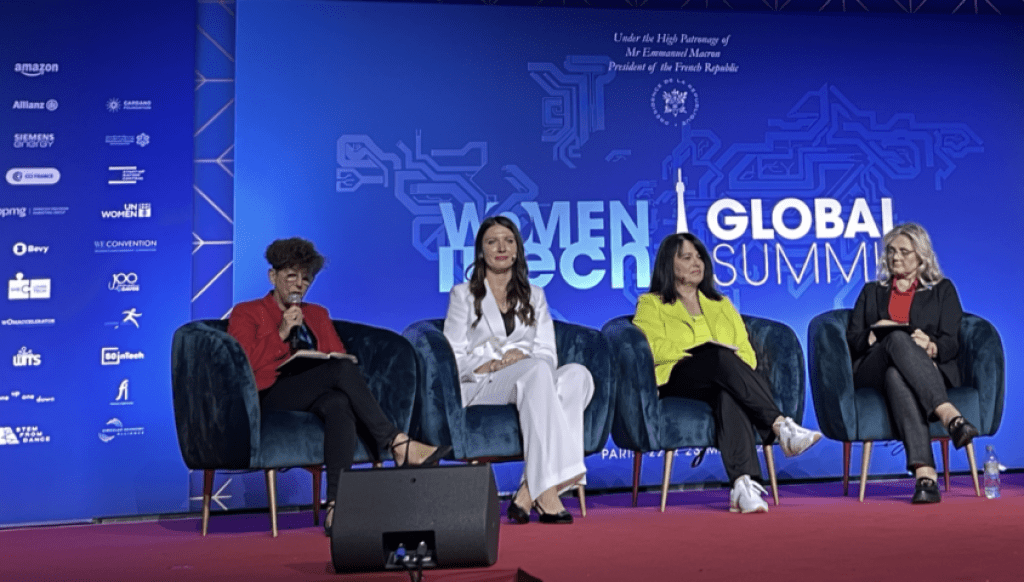
How can PR professionals help amplify the voices of women leaders in tech, especially in executive and technical roles?
Sara: We have to change the narrative by showcasing how instrumental women are in the tech industry. Implementing a solid thought leadership campaign that combines traditional media outreach with industry event visibility and a solid social media presence, ensures these leaders become valued experts. And we have to do this consistently, so representation remains, and these voices are heard.
Emily: PR professionals play a crucial role in amplifying the voices of women leaders in tech by conducting thoughtful intakes that highlight their accomplishments and impact. Too often, media narratives focus solely on women breaking glass ceilings. While this is important to acknowledge, it’s equally essential to showcase their contributions to business transformation, AI and other technical and data-driven advancements. By broadening the scope of these stories, we can ensure a more comprehensive and accurate representation of women’s influence in the industry.
What’s one example of a time when you successfully helped bring attention to a woman leader or company driving change in tech?
Brandy: One example that comes to mind is an initiative we ideated with Betterworks’ Chief Technology and Product Officer Cheryl Johnson on the “AI Glass Ceiling,” spotlighting the barriers (and opportunities) women face in the age of AI. Our efforts to showcase how real-world challenges uniquely impact women in tech resulted in a byline placed in Fast Company.
What trends are you seeing in the way media outlets cover women in tech, and where do you think PR can drive meaningful change?
Emily: In my opinion, the media has largely moved beyond “women in tech” as a standalone story angle. As PR professionals, our role is to craft compelling narratives that go beyond identity—highlighting not just the experience of being a woman in tech, but also their achievements, such as leading a company to IPO or developing groundbreaking AI innovations. The key is impactful storytelling, and we need more women in tech to share their successes and shape the narrative.
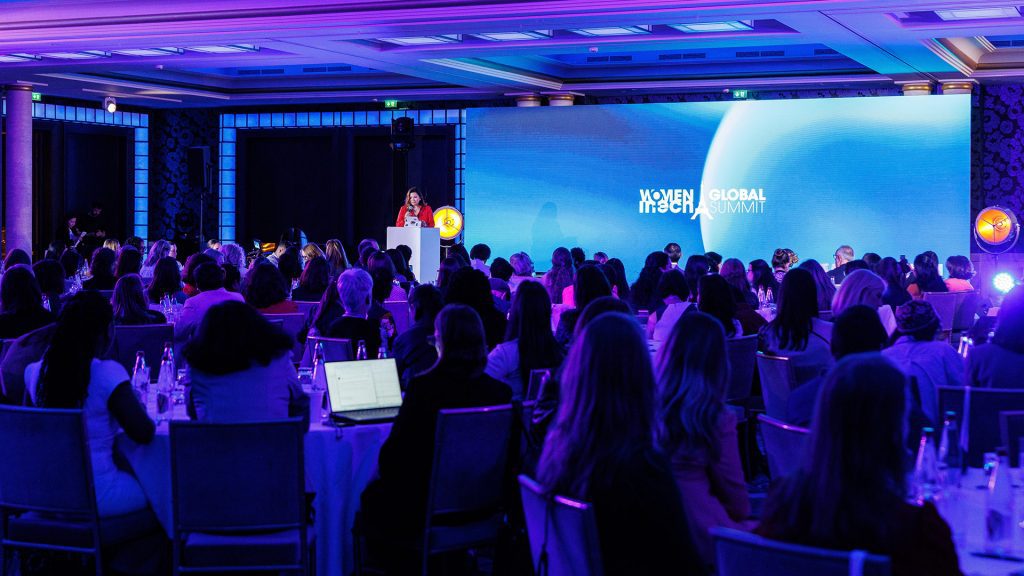
Sara: There’s no doubt that women in tech are not featured nearly as much as men and when they are it often mentions their gender over their expertise. Women are increasingly becoming more visible but there is room for improvement. PR can help shift the focus from just being a woman in tech to their influence in what they’re building and leading. A few ways to do this – pitch women as experts when newsjacking timely stories or identifying emerging industry trends, go to your reporter friendlies and introduce them to female experts in deep tech and not just fluff pieces, help boost visibility through content and showcase their talents on panels at industry events. These tactics will help kickstart the process and hopefully we’ll see a shift in a more balanced representation.
From your perspective, how can PR teams push for more diverse and inclusive representation in tech storytelling?
Brandy: PR teams play a crucial role in shaping the narratives that make it into media, and diversity needs to play an intentional role in our process. It’s essential that we build inclusivity into the foundation of our strategies to ensure that initiatives incorporate a wide range of perspectives and spokespeople from the start. From there, we can continue to drive change by providing a platform for women to share their insights directly through strategic media opportunities, letting their voices drive meaningful industry conversations.
At its core, PR is about storytelling and the stories we choose to tell shape industries, perceptions and futures. As WTGC reminds us, representation is more than a headline. It’s a commitment to equity, innovation and visibility. Elevating women in the technology industry is essential to building a better, more inclusive future. PR professionals have a unique power and responsibility to challenge the status quo, shine a spotlight on underrepresented leaders and ensure that women’s voices aren’t just part of the conversation, they’re leading it. By approaching every campaign with intention and inclusion, we can help create a media landscape where women in tech are recognized not just for who they are, but for what they’re building, shaping and driving forward in fields like science, technology, engineering and math.
Across the United States, we continue to see a gender gap in STEM fields and leadership roles, often exacerbated by a lack of diversity and limited access to career advancement, business mentorship programs and business networking opportunities. Whether it is highlighting women pioneering in artificial intelligence, celebrating breakthroughs in digital media or amplifying voices on social media platforms, PR plays a critical role in empowering women and supporting women. Our work can help forge stronger ties between higher education and industry and bring visibility to the cutting-edge innovation women are driving across the technology engineering and math landscape.
Whether it’s through strategic media placements, thought leadership campaigns, event visibility or compelling content, here at Bospar we know how to craft narratives that resonate. Our team is passionate about elevating the innovators who are transforming their industries and changing the world — and we’d love to partner. Take Bospar’s quiz to discover how we can best support your efforts and turn your story into headlines that matter.
